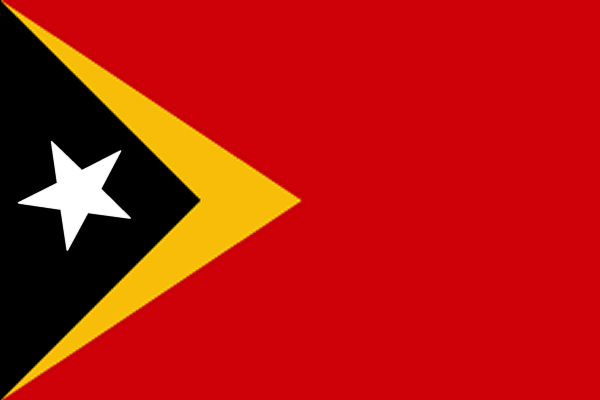WHA- 16th May- Committee A: Morning by PM
Chairman : Dr Robinson R. Jean Louis (Madagascar)
Provisional agenda item 12.2 - Smallpox eradication: destruction of
variola virus stocks
Resolution WHA49.10 (1996) recommended that the remaining stocks of live variola virus maintained by WHO since 1984 should be destroyed on 30 June 1999, after a final decision to be taken by the Health Assembly in May 1999. The Fifty-second World Health Assembly decided by resolution WHA52.10 to authorize temporary retention of the remaining variola virus stocks, subject to annual review, but up to no later than 2002, for the purpose of carrying out a programme of essential public-health research. By resolution WHA55.15 it authorized further temporary retention of these stocks for the purpose of continuing further international research.
The great stake for the destruction of variola virus stocks lies in the fight against the bioterrorist threat. But some States underline the necessity to retain temporarily stocks for the purpose of research (Australia, Thailand, Barbados)
The draft resolution contained in resolution EB120.R8 is adopted, with some substantially amendments.
Provisional agenda item 12.3 - Control of leishmaniasis
Leishmaniasis is endemic in 88 countries in the world and 350 million people are considered at risk. An estimated 14 million people are infected, and each year about two million new cases occur.
The disease contributes significantly to the propagation of poverty, because treatment is expensive and hence either unaffordable or it imposes a substantial economic burden, including loss of wages.
Leishmaniasis with HIV coinfection is an emerging condition that demands urgent attention.
Even when coinfected patients receive proper treatment, they relapse repeatedly and the outcome frequently is fatal. Leishmaniasis is caused by a protozoal parasite of the genus Leishmania which multiplies in certain vertebrates that act as reservoirs of the disease. The parasite is transmitted to humans through the bite of sandflies that have previously fed on an infected reservoir. Expression of the two basic forms of the disease, namely cutaneous and visceral leishmaniasis, depends on the species of Leishmania responsible and the immune response to infection. The cutaneous form tends to heal spontaneously leaving scars which, depending on the species of Leishmania responsible, may evolve into diffuse cutaneous leishmaniasis, recidivans leishmaniasis, or mucocutaneous leishmaniasis, with disastrous aesthetic consequences for the patient. Visceral leishmaniasis, the most severe form, is fatal in almost all cases if left untreated. It may cause epidemic outbreaks with high mortality.
Many countries are satisfied by the fact that this disease, relatively unknown, is registered in the provisional agenda of the WHA.
The great stake is the distribution of the disease, e.g. with the flows of refugees (Morocco).
Thailand: underlined the need of monitoring.
India : beginning of a collaboration with Nepal and Bangladesh to eradicate this disease in South East Asia (90% in Bangladesh, Brazil ,India, Nepal and Sudan).
Kuwait : need to expend the collaboration with threatened countries.
The Secretary underlined the decline of the 90 % price of the medicine, by the action of the WHO
Resolution EB118.R3 will be examined later, once the amendments taken in account.
Provisional agenda item 12.4 - Poliomyelitis: mechanism for management of potential risks to eradication
In 2006, the remaining 6% of all new cases of poliomyelitis occurred in countries into which
poliovirus has been reintroduced. In order to reduce the risk of further international spread of wild poliovirus in 2006, countries judged to be at high risk of importing viruses (because of previous importations or having borders with areas where polioviruses are circulating) conducted additional campaigns against poliomyelitis. In order to protect individual travellers, WHO updated its guidance on international travel and health so as to recommend that all travellers to countries where poliovirus is known to be circulating should be fully vaccinated against poliomyelitis in accordance with the national immunization policy in their country of origin.
Great Issues discussed:
- Interrupting transmission of endemic wild poliovirus in Afghanistan, India, Nigeria and Pakistan
- Limiting the risk of international spread of wild poliovirus
- Initiating a process to minimize and manage the risks of re-emergence of poliomyelitis in the post-eradication era
Greece: need to organize some media campaigns, public opinion sensitization
Ecuador: Migration of virus is a big problem
Swaziland: Money troubles do not allow to arrive at good results
To be continued this afternoon
mercredi 16 mai 2007
Inscription à :
Publier les commentaires (Atom)

Aucun commentaire:
Enregistrer un commentaire